Author: Ariel Wilchek, Creative Director
At the end of 2019 and moving into 2020, numerous reports predicted a surge in experiential and event marketing. Consumers craved IRL events for networking, education, entertainment and as a way to interact with beloved brands. And then Covid-19 struck. As a result of the pandemic, there was a surge of virtual events in 2020 that has pushed experiential marketing into an exciting blended reality.
Yet there is a gap between the physical and the digital: a moment, a shift, a transition when we move from one to the other.
Adopting a hybrid approach means architecting intelligent solutions that honor the best of both disciplines, in turn bridging the gap by identifying and removing points of friction. As we redefine this new age of engagement, and (fingers crossed) move light years beyond video-based talking heads, we must keep in mind these five strategic principles:
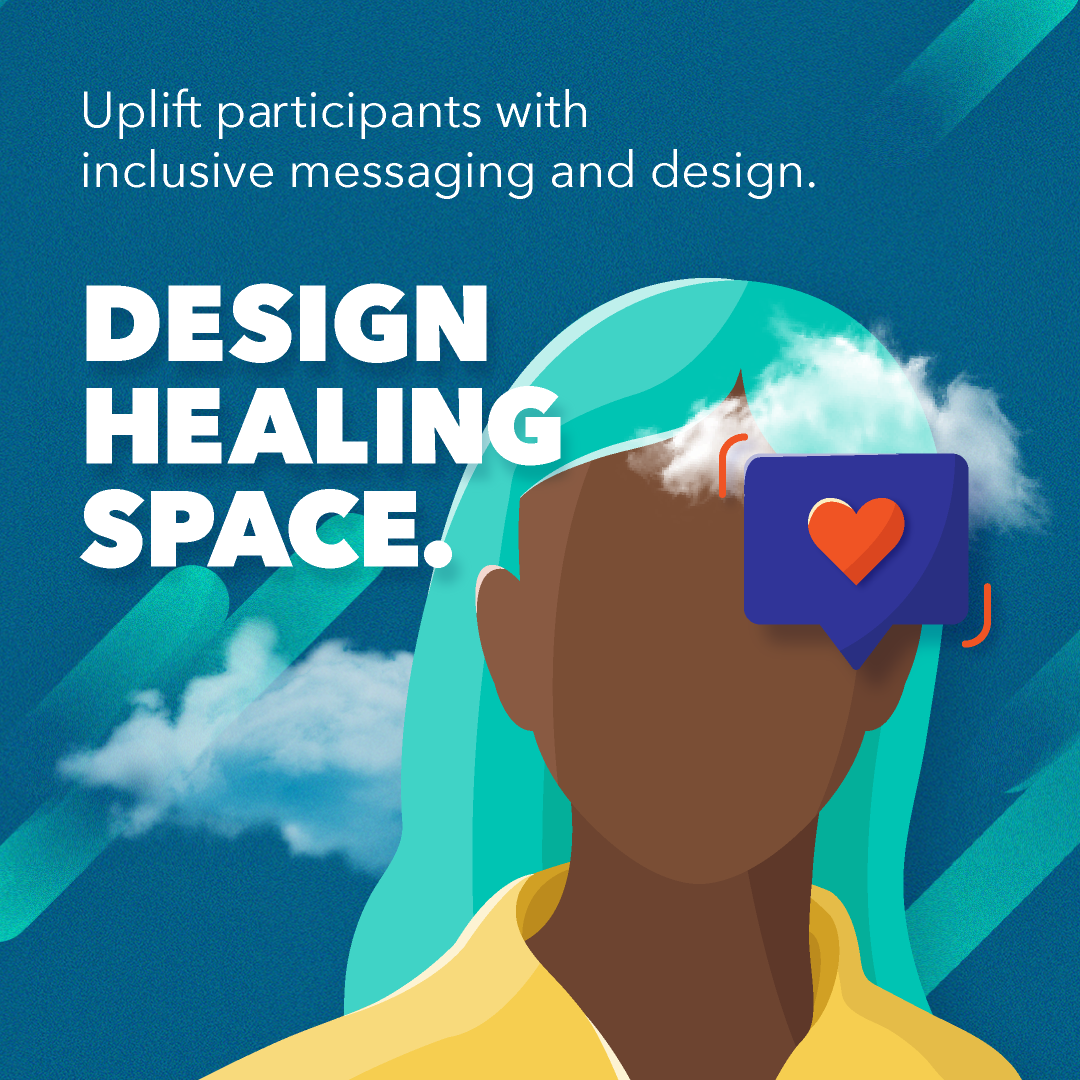
1. Go beyond creating safe space, and start designing healing space.
Health risks, loss of life, unemployment and isolation are just a few of the extremes that have impacted us all in 2020. This trauma will not be remedied simply by increasing safety protocols.
The baseline for physical event safety will change with pre-event and on-site COVID-19 testing, vaccination documentation, temperature checks, increased sanitation measures, protective garments and devices, and of course, physical distancing and limited attendance. However, with over 40% of Americans currently reporting anxiety or other mental health concerns (source: CDC), the real challenge in 2021 will be putting attendees at ease and building safe spaces. The physical and virtual gatherings we create must now also uplift the human spirit with thoughtfulness and inclusivity.
Knowledge is empowering. Inspiration is rejuvenating. Mindfulness is therapeutic. Human connection is restorative. These are the experiential superpowers.
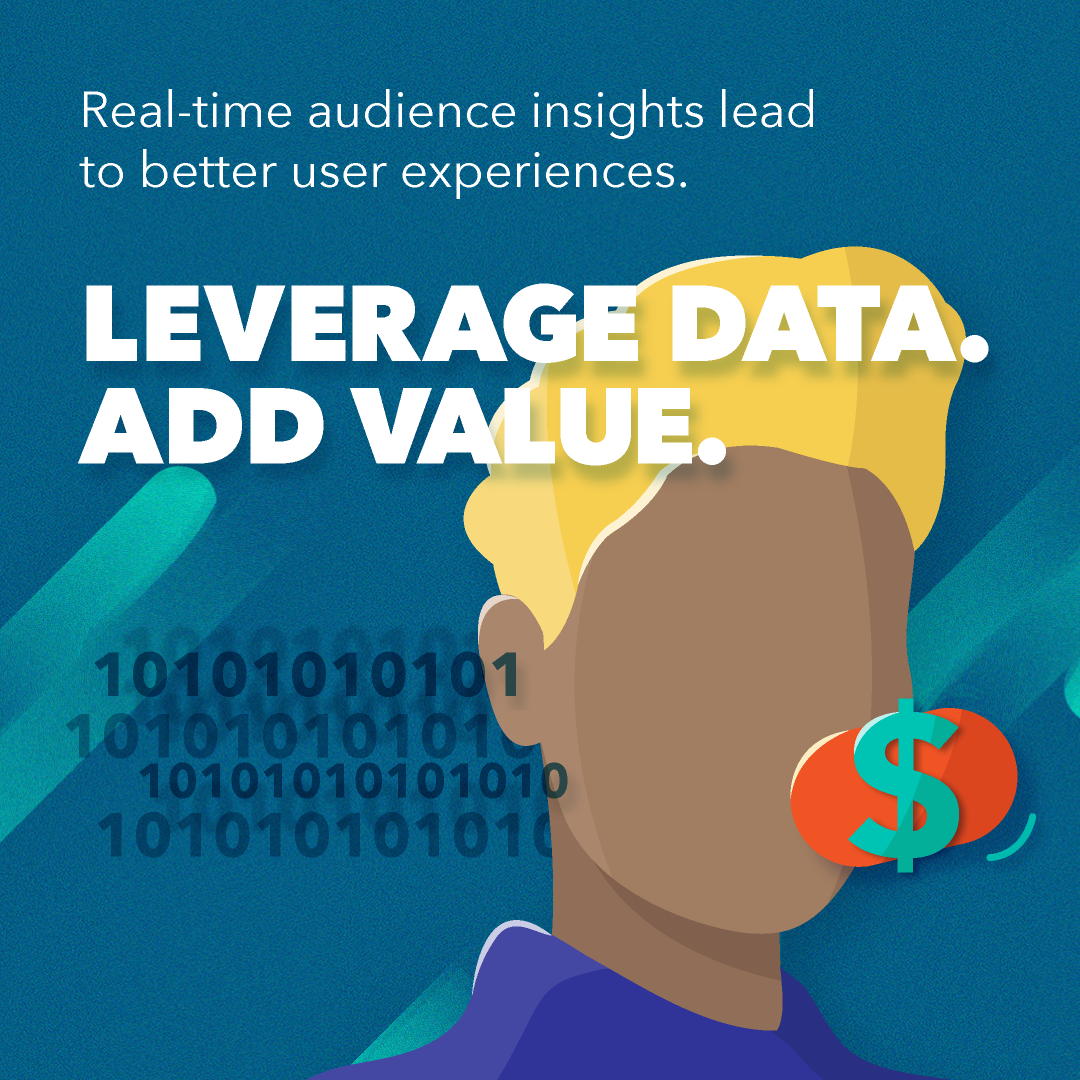
2. Add value. Period.
Since the majority (74%) of event marketers do not charge for virtual events (source: Event Manager), business models for experience design are shifting. Data is the big opportunity of 2021. When we commercialize big data, we have the advantage of economies of scale, control over strategy and much greater revenue potential (source: BCG). Timely surveys, interactive games and other data-centric interactions will allow brands to collect real-time audience insights and craft a personalized user journey that delivers with precision. Experience designers have powerful tools at their fingertips; like VR to fully immerse attendees, AR to unlock playful digital layers, and various touchless technologies to safely navigate a space. From gesture-based sensors, to voice activated experiences and wearables and beacons, these touchless tools will empower attendees to safely immerse themselves and interact with their surroundings.
By deploying these interactive tactics, capturing and analyzing the data, applying learnings and continuing to optimize over time, experiential marketers can empower brands to deliver on exactly what their audiences need. The win/win here is benefiting attendees with relevant and engaging content, while also elevating a brand’s offering and positioning.
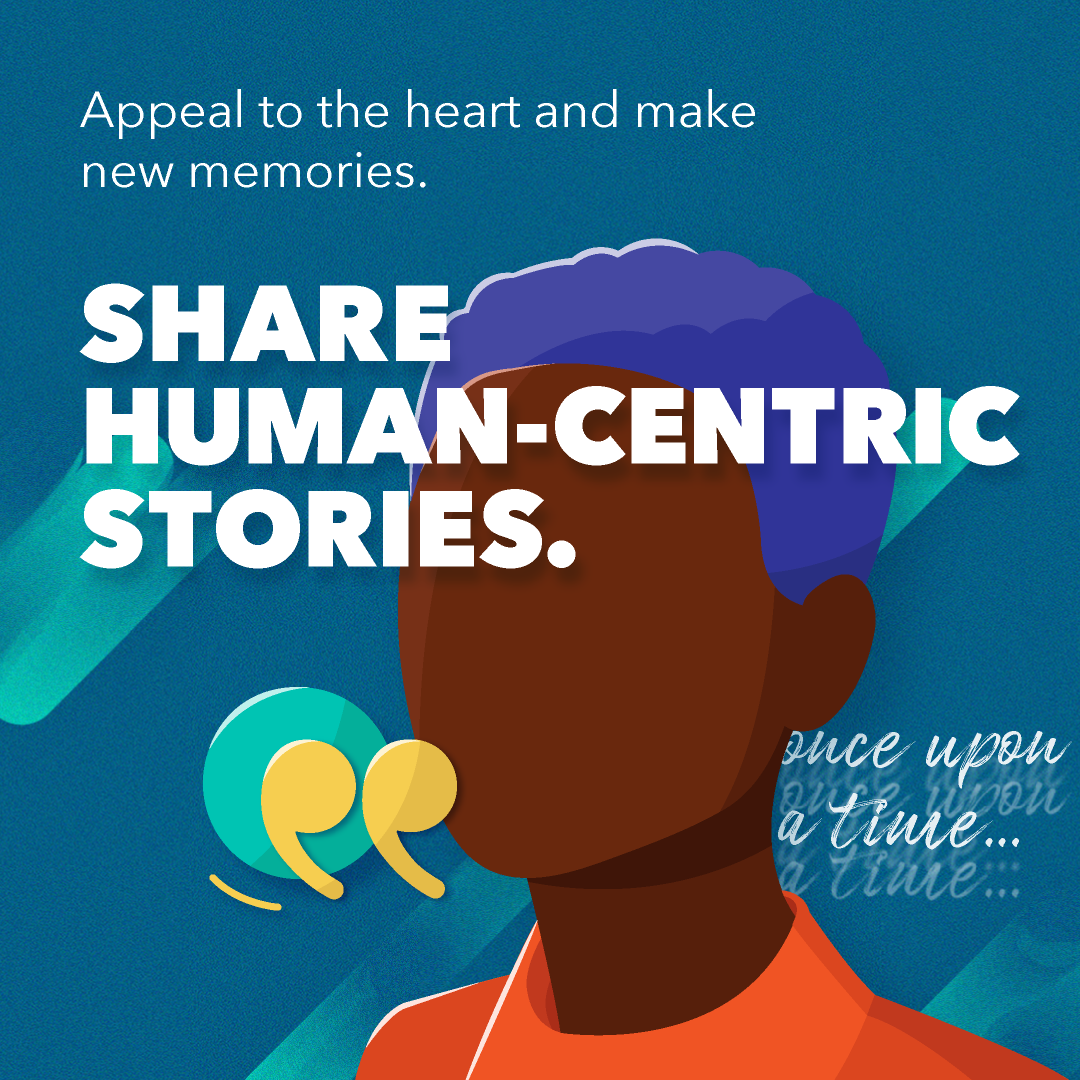
3. Utilize technology to share human-centric stories.
Lockdown has limited our human interaction and stunted our ability to form new episodic memories (source: BBC). Therefore, understanding how storytelling empowers us to make new memories is important.
As 2020 confirmed, content is still king. Promotional and brand storytelling videos are the most common content created by marketers (source: HubSpot), and many are succeeding by sharing moving stories that foster human connection. But, there is room for innovation in the delivery, elevation and amplification of this content, and technology can help us bridge the gap. Holograms simulate connection and conversation across remote locations, POV cameras give us new perspectives (think influencers with body cams guiding their followers through experiences in real-time), extended reality (XR) LED sets enable mind-bending stage designs (and put greenscreens to shame) and tools like Together Mode allow fans to be superimposed into a virtual crowd. The best activations of 2021 will use these tools to deliver content to consumers.
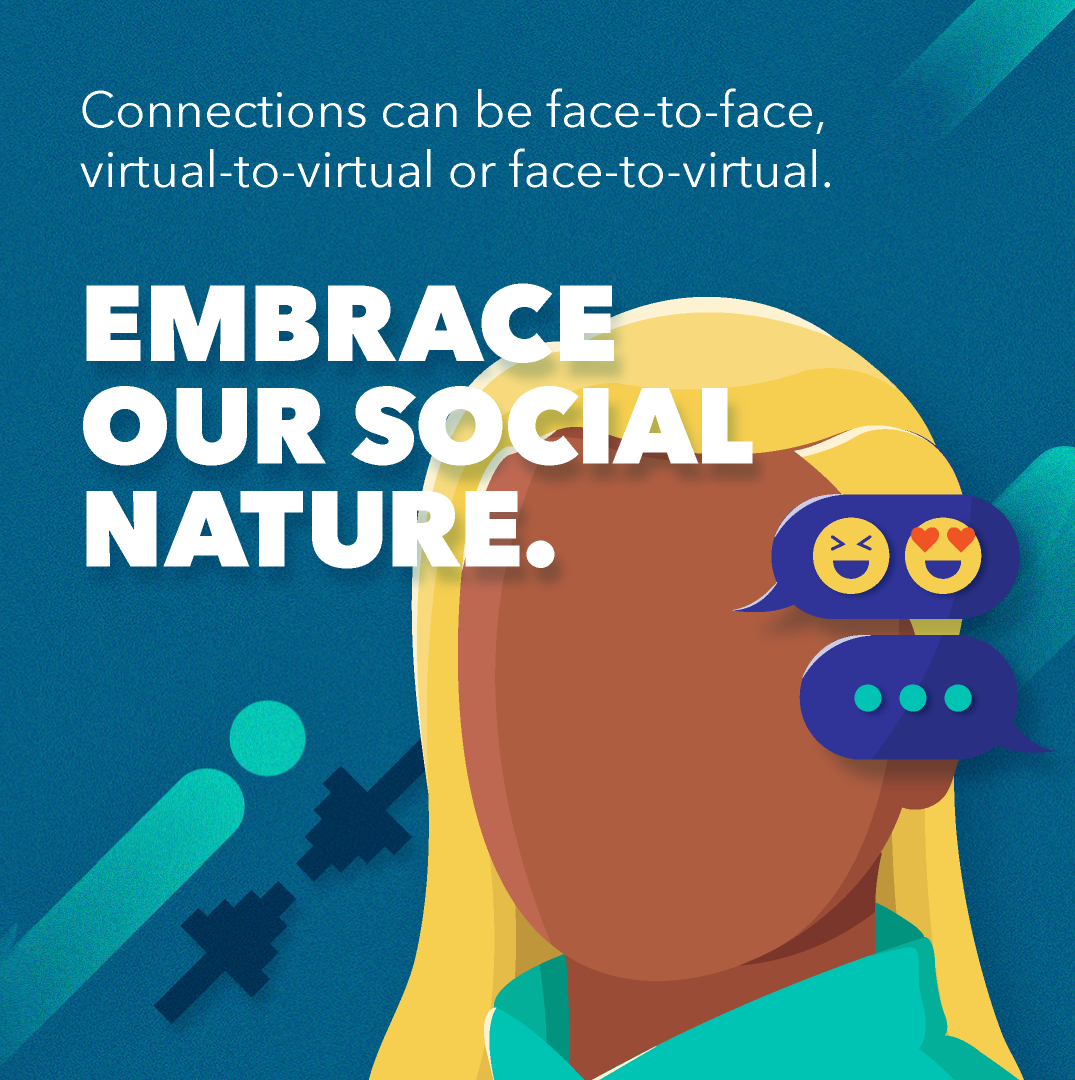
4. Embrace that we are social creatures.
This year has not been the introverts’ paradise that the social media meme world would have us believe (source: MIT Tech Review). In fact, higher introversion is associated with increased loneliness, depression and anxiety(source: Frontiers in Psychology). Everyone needs stimuli, dialogue and human connection. In fact, 50% of attendees at virtual events engage using social media compared to just 16% at in-person events (source: Business Wire), creating an incredible opportunity to connect to a broader audience using the sharing power of virtual attendees.
The potential for face-to-face, virtual-to-virtual and face-to-virtual human connections are all hybrid experiential realities. Networking via AI-fueled interactions will match people based on common interests, regionality or other data points and connect us across previously uncrossed thresholds.
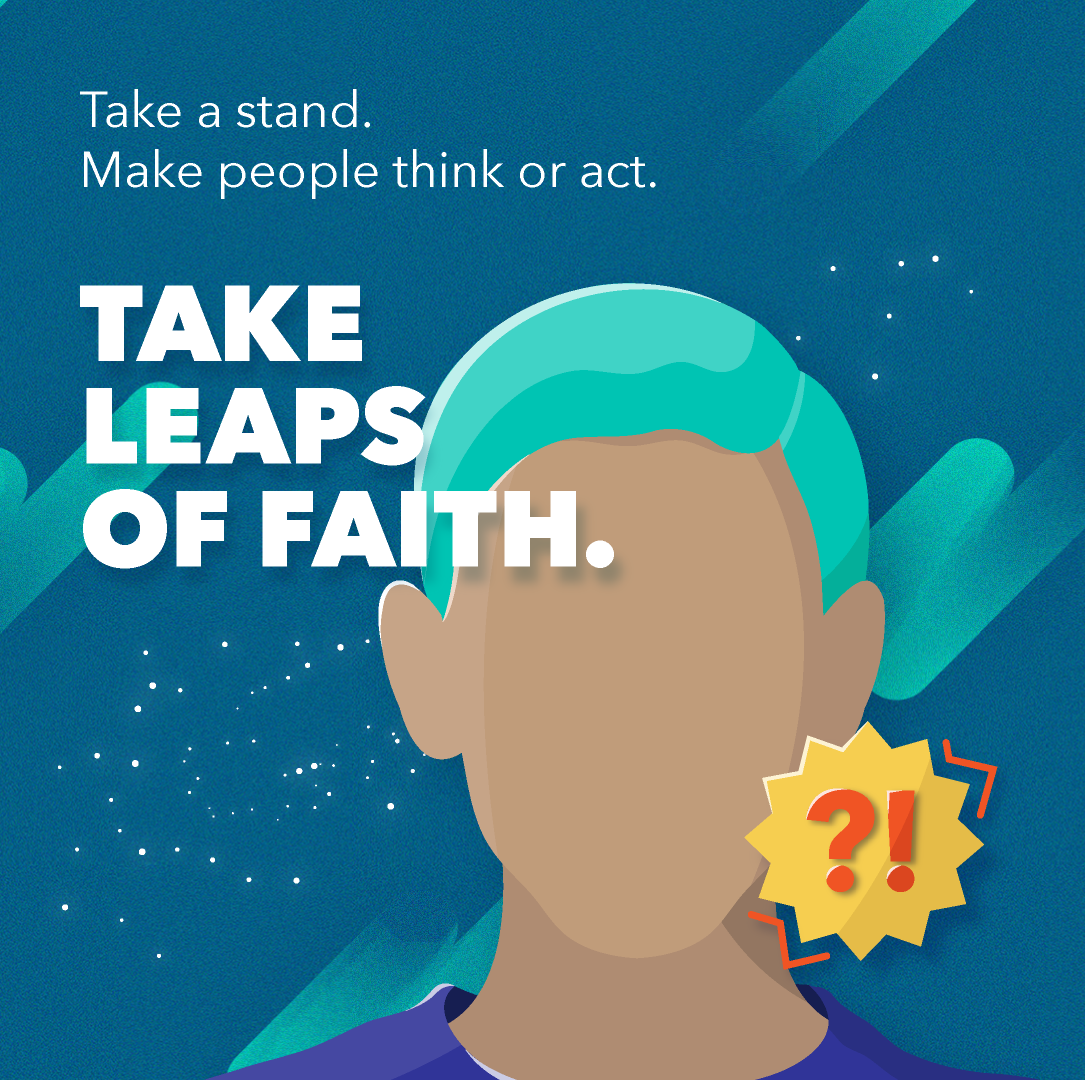
5. Take leaps of faith based on desired emotional outcomes.
We get it. As experiential marketers we all want to “create joy,” but let’s get more specific. In the vast spectrum of human emotions, what are the feelings that should be synonymous with a brand mission, new product or improved service? Can you evoke hope, altruism, kinship, strength or even pain and anger that leads to activism? Have you presented something provocative enough to make people think? Or, even better, act? This challenge, combined with technological experimentation, is sure to fuel growth in 2021. In fact, 72% of companies who reported organic growth of 25% and more over the last three years were also the first in their industry to experiment with new technologies during the COVID crisis (source: Mckinsey). There is no road map, but there are clues to lead us to new outcomes if we stay true to connecting with our audiences and have the courage to play.
The true value of a frictionless, hybrid experience rests in its ability to celebrate and uplift the human spirit. As we go forth into this brave new world of experience design, let us continue to set our intentions clearly.
Ariel holds a BFA in Graphic Design from Savannah College of Art + Design and an MA in Exhibition Design from the Corcoran School of Art at George Washington University. In her role as Creative Director at On Board experiential, she uses design, strategy and creative technology to create synergies between disciplines and drive innovative solutions.
